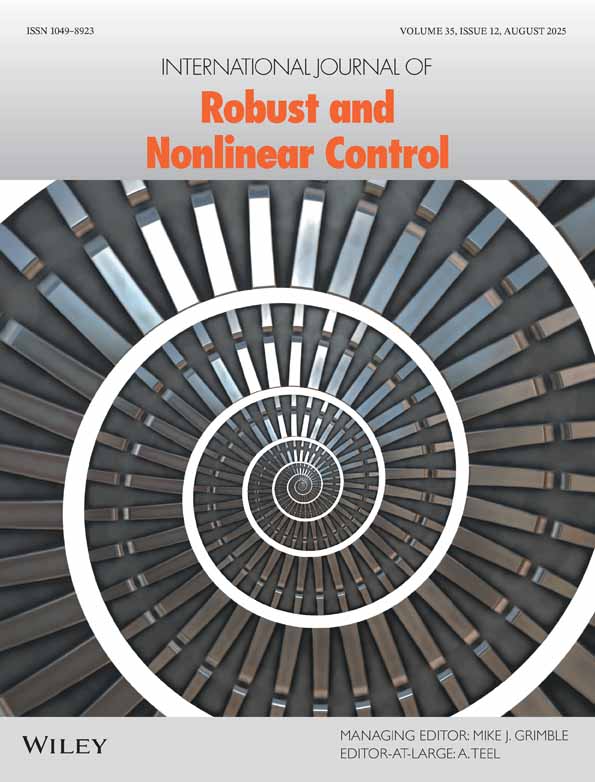Modelling efficient pisciform swimming for control
Abstract
We propose a planar model for the swimming of certain marine animals based on reduced Euler–Lagrange equations for the interaction of a rigid body and an incompressible fluid. This model assumes the form of a control-affine nonlinear system with drift; preliminary accessibility analysis suggests its utility in predicting efficacious gaits for piscimimetic robots. We account for the generation of thrust due to vortex shedding through controlled coupling terms. At the heart of this coupling is an abstraction from hydrofoil theory; we investigate its applicability to real swimming using an articulated robotic caudal fin. We compare the observed behaviour of our experimental apparatus to that predicted numerically by steady hydrodynamic theory. Copyright © 2000 John Wiley & Sons, Ltd.




